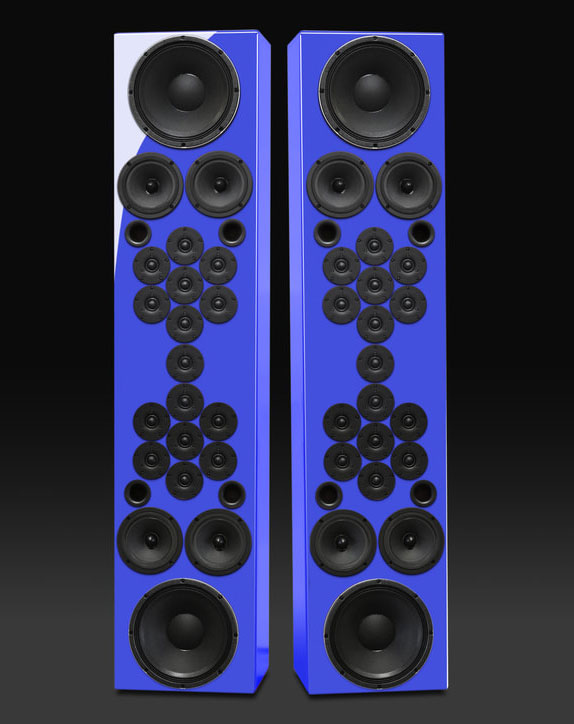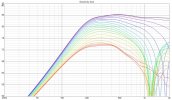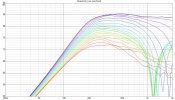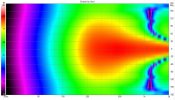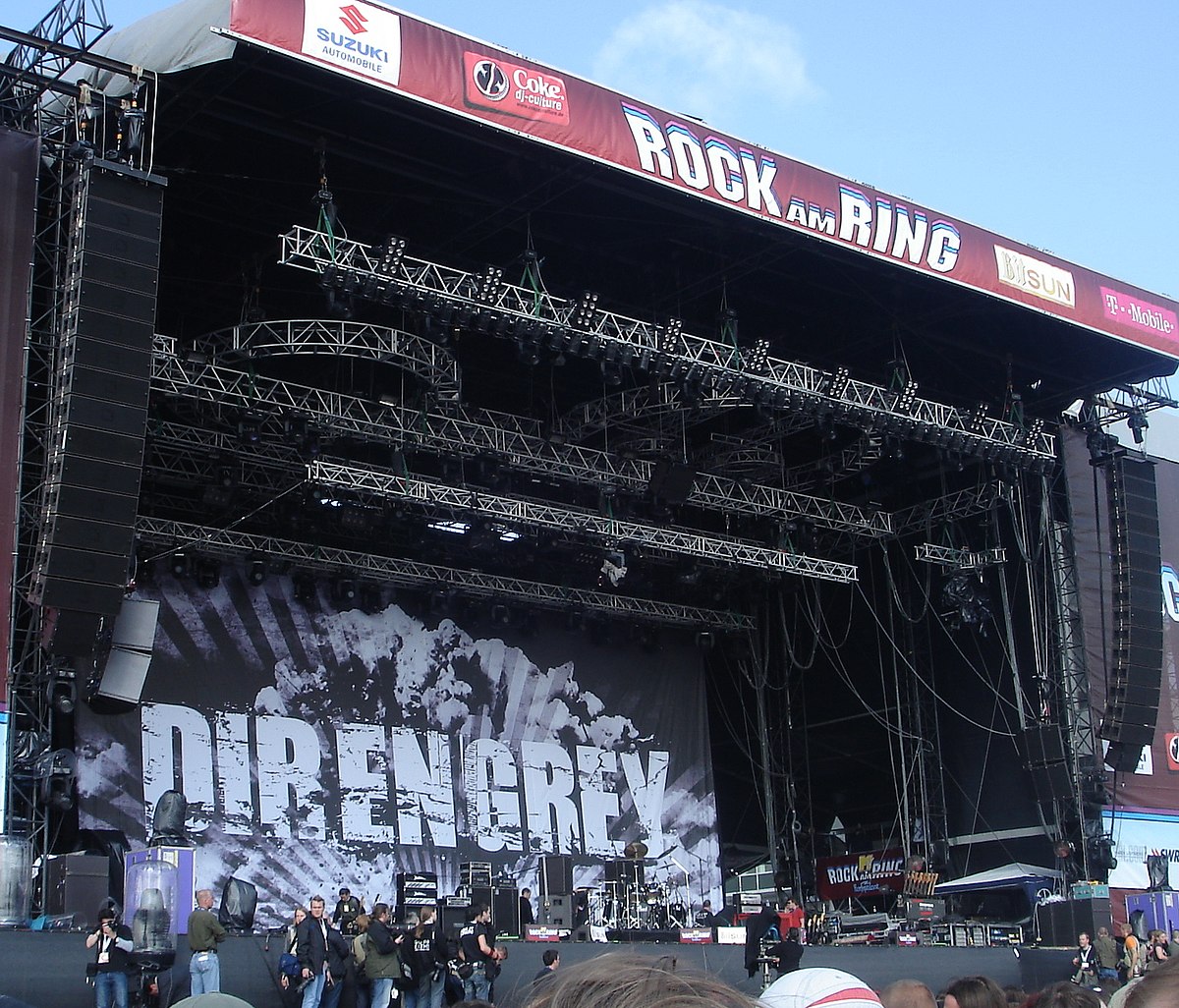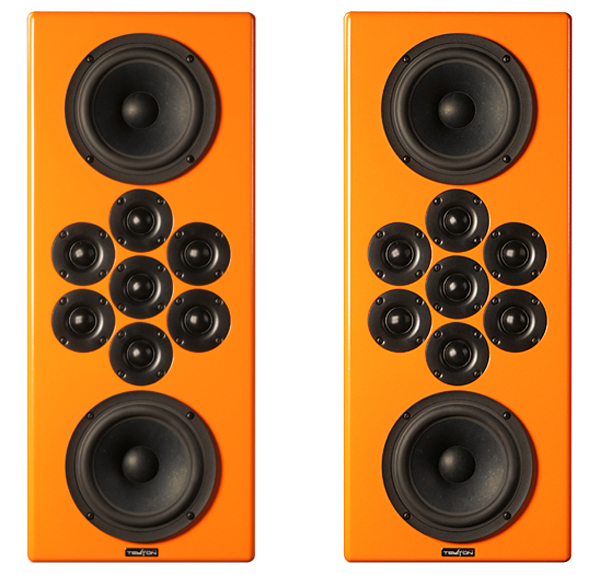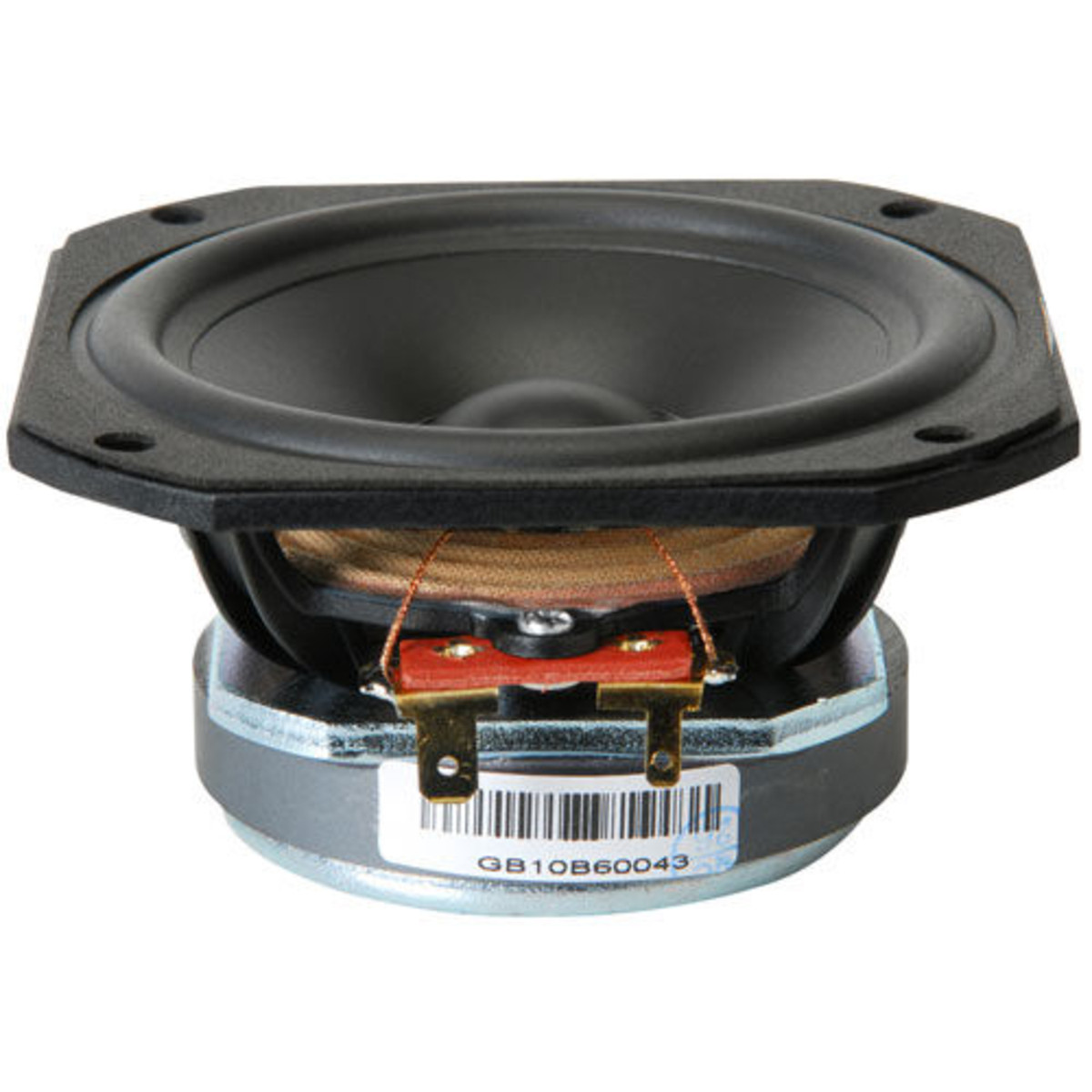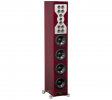Pearljam5000
Master Contributor
- Joined
- Oct 12, 2020
- Messages
- 5,244
- Likes
- 5,485
Was always curious about the design
What's the point of 15 tweeters?
Also if that's such a good idea why don't other companies use it too?

What's the point of 15 tweeters?
Also if that's such a good idea why don't other companies use it too?

